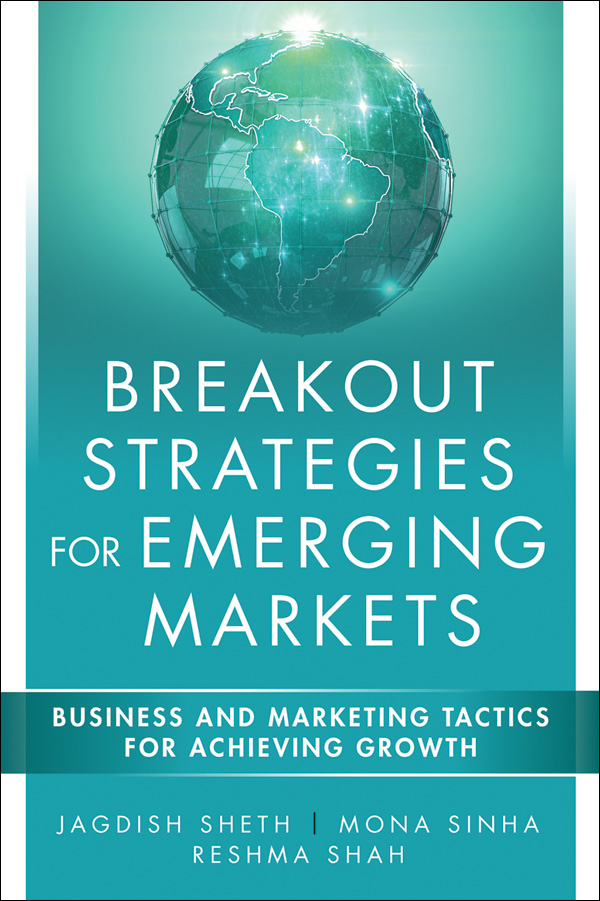The Handbook of Regional Science is a multi-volume reference work providing state-of-the-art information, prepared by respected scientists in the field. This second edition includes new sections on the history of regional science, and on regional policy. It has been thoroughly updated to reflect new developments, including new chapters on R&D collaboration networks, knowledge spillovers, web-based tools for exploratory spatial data analysis, fuzzy modeling, multivariate spatial process models, heterogeneous coefficient spatial regression panel models, and endogeneity in spatial models, among others. The multi-volume handbook covers the field of regional science comprehensively, including topics such as location and interaction, regional housing and labor markets, regional economic growth, innovation and regional economic development, regional policy in emerging markets, new economic geography and evolutionary economic geography, environmental and natural resources, spatial analysis and geocomputation, as well as spatial statistics and spatial econometrics. The book is intended to serve the needs of graduate students, beginning and experienced scientists in regional science and related fields with an interest in exploring local and regional socio-economic issues.












